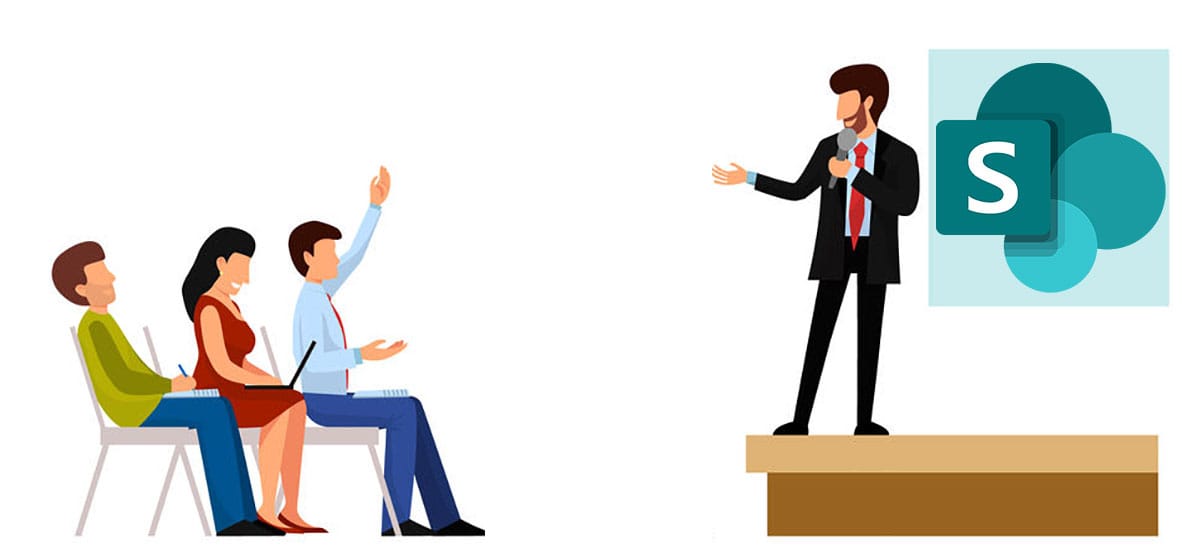
For every learner, after viewing help items and tutorials, there is always a few questions that need answers.
A classroom style Q&A session is the ideal solution; answers that you provide in such live settings are more memorable than those that you send by email.
In program No.3, broadcasting help items, you send daily training emails to end users in order to drive continual micro-training. In this program, No.4, you answer questions to the attention of everybody. The initiative has to be part of the Optimal Training Strategy.
When you hold live discussions with end users, you provide opportunities to clear confusion, deepen understanding of the features in the platform, and save a lot of time for everyone. Most of end users would rather spend 30 minutes with an instructor in a live event and have questions answered than spend 3 days going back and forth with help desk emails or phone calls. Frequent Q&A events simply engage end users better and makes your IT support team much more productive.
Another great advantage of holding Q&A sessions is that an end user learns not only from the instructor but also from their peers.
Ultimately, if held regularly in a way that maximizes everyone's engagement, holding Q&A sessions does improve knowledge and user adoption of the platform while considerably reducing the number of support tickets that IT support teams receive.
Also, by providing clarity about key concepts and steps, you prepare end users for campaign No.5 of the Optimal Training Strategy: enabling context-sensitive help.
Most organizations tend to rely on processing support tickets alone in the efforts of providing answers and guidance to end users. This approach has proven ineffective for 3 reasons.
You must be able to tell end users that you are available to answer their questions, to provide solutions to their problems, and to refer them to the right people for the help that they need.
Make an effort to start with face-to-face classroom style sessions and then follow up with virtual classrooms such as webinars or Microsoft Teams Live Video Chat. Prioritize meeting rooms and use online meetings only when necessary.
The following action steps can help you start and maintain the best practices.
The clumsy exchange of emails is too time-consuming that it prevents IT team to get other tasks done. Also, it reduces learning opportunities for everyone.
To provide more natural learning opportunities for end users, techies have to be proactive in both the traditional face-to-face and online teaching. The events should make the list of training programs comprising your comprehensive Optimal Training Strategy.
When done diligently and frequently enough, end users get more proficient over time, leading to deeper-and-wider SharePoint user adoption in your organization.
After the first event is completed and the rest scheduled, move to program No.5: enabling context-sensitive help.
Fuel Employee Success